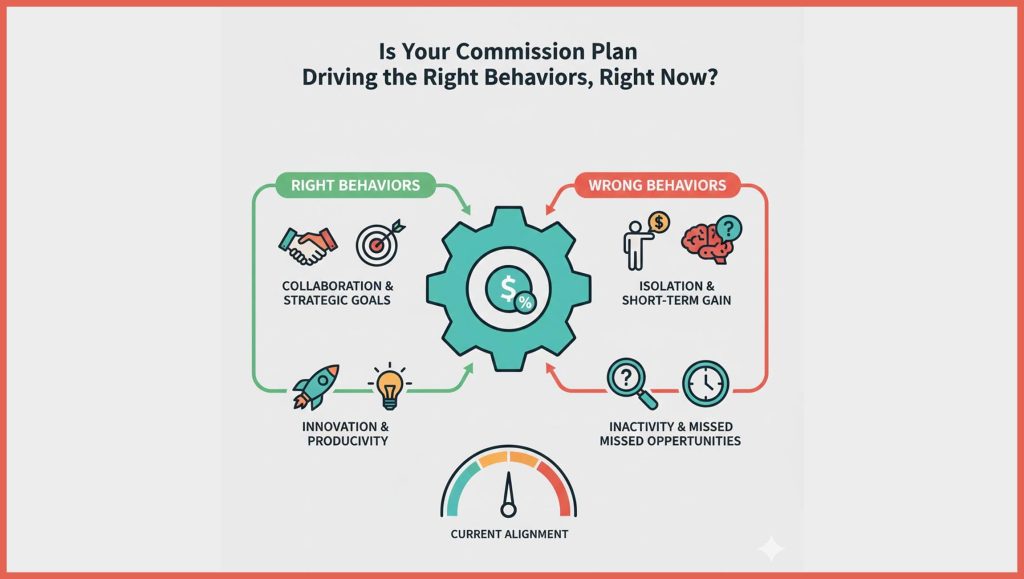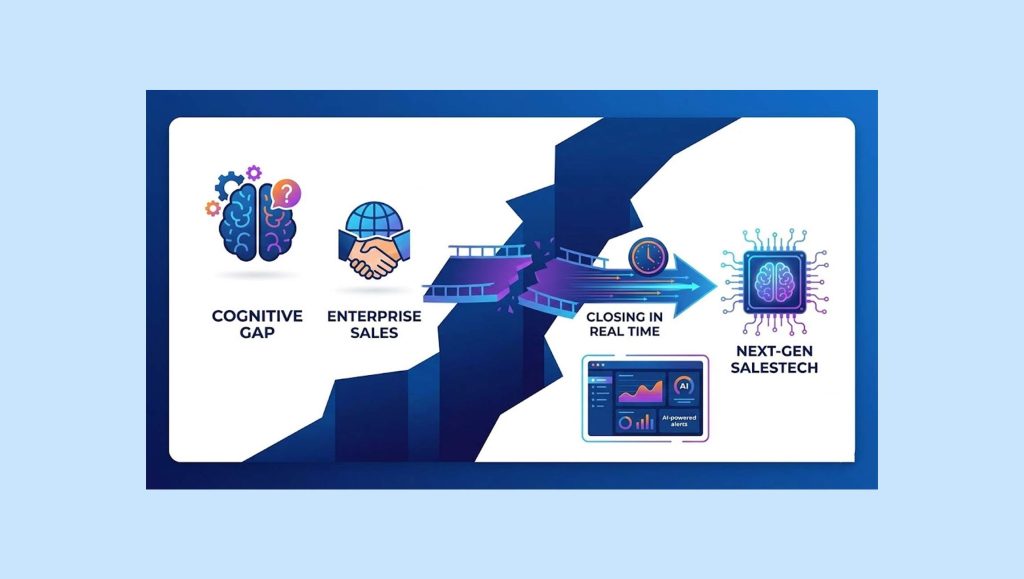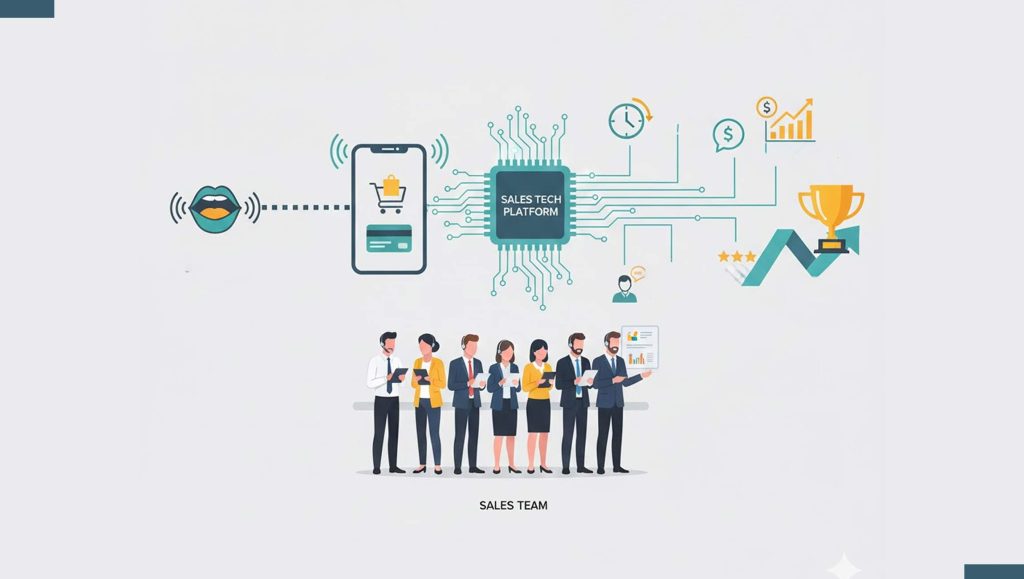Sales acceleration software leader InsideSales.com announced the release of a study surveying sales industry cadences, which highlighted the patterns, frequencies and methods of responding to inbound leads. The report is the product of an analysis of data gleaned from the sales practices of over 8,000 companies in order to establish the most common number of contact attempts, response types and persistence periods.

“Perfecting cadence is a core component of both the art and science of effective inside sales,” said Dave Elkington, CEO of InsideSales.com. “When sales reps lead with an unstructured cadence, they put potential sales at risk. Optimal cadences can boost results by up to 110 percent. These are not trivial improvements we’re talking about.”
Touchpoint Patterns
When it comes to outreach practices, email leads the way. The most common touch pattern was a single email with 32 percent of respondents using that method, accounting for 61 percent of first contacts.
The second most utilized cadence is a single call and voicemail (6 percent).
Spacing
Finding the sweet spot between reaching out enough without seeming overbearing is vital.
The median gap between the first and second touch is typically the shortest, at around 16 hours, 45 minutes. After each subsequent attempt, the gap reaches its maximum between attempt numbers seven and eight, at six days, 21 hours.
Finally, after eight attempts, the median gap hovers at seven days.
Duration
In engaging with leads over time, the study determined that the median period between first and last contacts was just under five days. However, when broken down by industry, significantly disparate medians emerge. Software representatives, for example, have the longest median duration, at 61 days; while the transportation industry’s median was the shortest at 12 days.
Interestingly, on average, UK companies attempted to contact a lead for almost three days longer than their American counterparts. The median in the UK was 7.4 days while the median in the US was only 4.9 days.




















